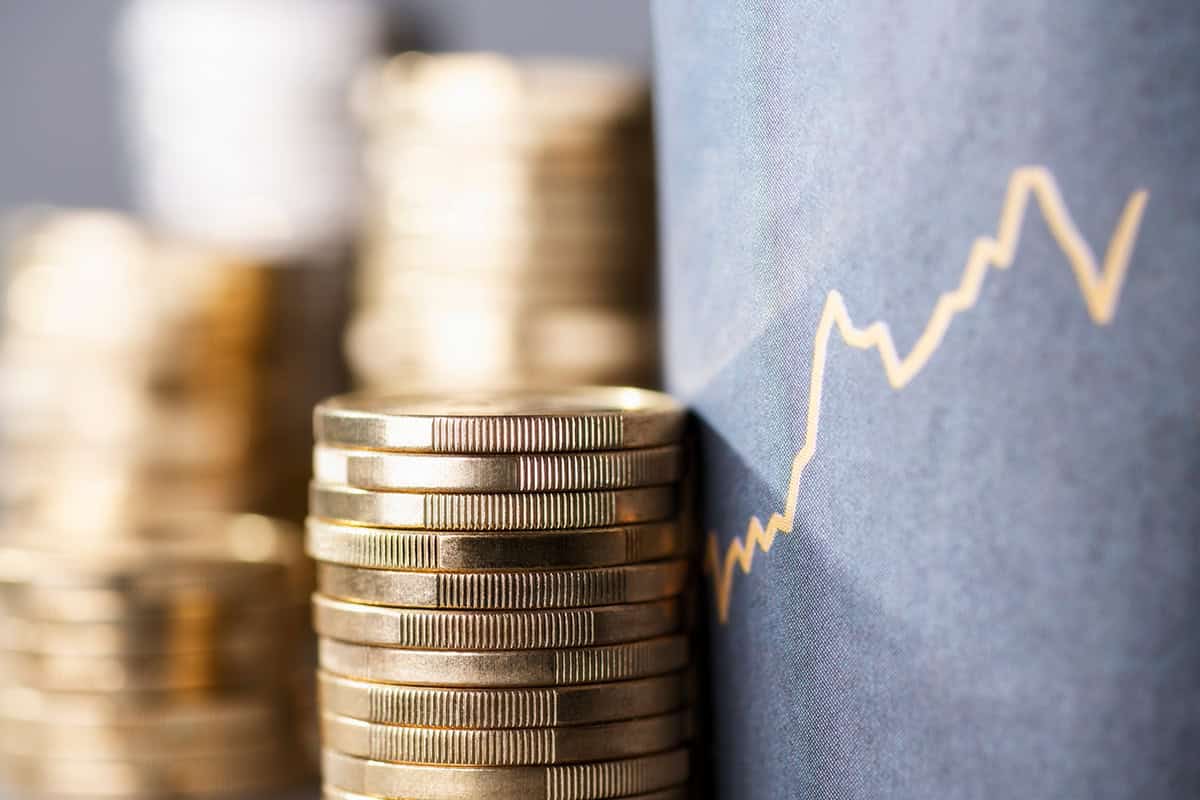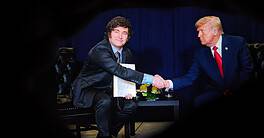After a half-century in which it embraced a doctrine of free trade, the industrialized West seems to be moving in the opposite direction: rolling out an expanding list of new tariffs on imports and placing increased reliance on industrial policy to promote domestic industries. In the US, with both parties in this November’s presidential election supporting tariffs—albeit for different reasons—companies may face more onerous import duties in the coming months.
“I think we are on a very slippery slope and, unfortunately, the US is setting the example,” says Holger Görg, professor of international economics at the Kiel Institute for the World Economy in Germany. “The claim is that China is subsidizing industries in such a way that it distorts competition and the US and the European Union want more protectionism. It’s a dangerous path.”
Some critics have expressed concern that the global economy is headed back to the era of steep trade restrictions that followed the Smoot-Hawley Tariff Act of 1930, when other countries retaliated against the US with their own higher duties, leading to a severe decline in world trade in the midst of the Great Depression.
While the current round of tariffs is far more limited and is aimed primarily at China, former President Donald Trump has raised eyebrows on both sides of the Atlantic by suggesting that if he is returned to office, he will introduce a 10% tariff on all imports, no matter the country of origin, to offset a lowering of the US income tax rate.
It Started With Solar Panels
Trump himself began the current round in 2016 by imposing duties on imports of solar panels and washing machines, which US companies had complained were being unfairly subsidized. But he soon expanded the tariff schedule to include steel and aluminum from the EU as well as China and another $300 billion of Chinese exports, in retaliation for what he called Beijing’s unfair trade practices. The EU, which complained bitterly about the new duties, retaliated with counter-tariffs on items like Harley-Davidson motorcycles.
President Joe Biden has also used the tariff weapon. Along with keeping most of the Trump tariffs in place—he reached a temporary truce with the EU on steel—he increased duties on minerals, solar cells, steel, aluminum, and semiconductors from China and slapped a whopping 100% tariff on Chinese electric vehicles (EVs). It remains to be seen if Vice President Kamala Harris intends to follow the same course if she is elected president.
The EU has followed Biden’s lead on EVs, imposing duties ranging from 17.4% to 37.6% following reports that Europeans imported 438,034 Chinese battery-powered cars in 2023. French politicians across the spectrum supported the tariffs; Renault has the best-selling European-made EV, the Megane E-Tech, but faces stiff competition from less expensive Chinese imports.
“If Europe doesn’t show its teeth on trade, we’ll end up thinking the European market is just a giant shopping mall,” French Finance Minister Bruno Le Maire said in June. “It’s a first decision that I hope will be followed by others, notably on solar panels and on other Chinese overcapacities.”
But German carmakers, which not only sell their high-end vehicles in China but import EVs made there under their own brand, are critical of imposing tariffs on Chinese manufacturers.
“We remain committed to open markets and opposed to artificial barriers such as punitive tariffs,” says BMW CEO Oliver Zipse. “The introduction of additional import duties, like those recently imposed by the EU, leads us down a dead-end street and will ultimately not make European manufacturers any more competitive.”
While customs duties are supposed to protect domestic manufacturers and consumers from foreign monopolies, they can have unintended consequences. A 2020 academic study titled “The Production Relocation and Price Effects of US Trade Policy: The Case of Washing Machines,” takes a closer look at the washing machine duties imposed by Trump. The study suggests that the tariffs did raise the prices of imported washers, but imported dryers, which are often bought alongside washers and were not subjected to duties, went up in price by the same amount. Most surprisingly, according to the study, the domestic manufacturer that initiated the trade complaint raised the prices of both its washers and dryers to the level of the imported appliances after the tariffs were imposed.
Rather than hurting the exporting countries, the tariffs do more harm to domestic industries, argues Patrick J. Kennedy, professor of economics at the University of California at Berkeley.
“Tariffs are inefficient taxes,” he says. “They force us to make stuff that we are relatively inefficient at making, raise prices because we’re less efficient about it, and it’s more costly for us to do it. We will be slightly poorer than we would be in the absence of the tariffs and the effects will be compounded by other countries retaliating.”
Companies face a balancing act, Kennedy argues. If they pass on the full amount of the tariff to their customers, they risk reducing demand. But if they absorb part of the tariff, they reap fewer profits.
Chinese Exports In The Crosshairs
Since many of the latest round of tariffs are aimed at Chinese exports, companies are rejiggering their supply chains where possible to evade the duties. Imports to the US from China, for example, declined from $536 billion in 2022 to $426 billion in 2023. But imports from other manufacturing countries, such as Vietnam and India, have surged. At the same time, exports from Mexico to the US by American firms reached $475 billion last year, surpassing China’s exports to the US for the first time.
Beijing is keenly following the political situation as it affects exports. When Trump imposed tariffs on an assortment of Chinese goods in 2018, China retaliated with duties on farm imports from the Midwest, which included many red states that support Trump. When Biden announced new tariffs on $18 billion worth of Chinese products, Beijing struck back by saying it would carry out an anti-dumping investigation of US firms.
In addition to imposing outright taxes on imports, Biden has used what economists call reverse tariffs or subsidies to counteract Chinese trade policies. His administration has granted subsidies of up to $7,000 per EV made in the US and offered $50 billion of federal funding to semiconductor companies to build chip fabrication plants in the US rather than overseas.
This being an election year, US lawmakers are scrambling to add new tariffs on Chinese-made goods. After Temu and Shein started exporting fast fashion to the US by direct mail, thus avoiding customs duties normally applied to textile imports on deliveries valued at less than $800, the two Chinese companies were blamed for the closure of eight textile mills in the southeastern US.
“We need to relevel the playing field between freedom-loving democracies and those who exploit the rules like China,” says US Senator William Cassidy of Louisiana, who introduced a bill to cut the de minimis tariff requirement on mailed packages from $800 to around $200.




